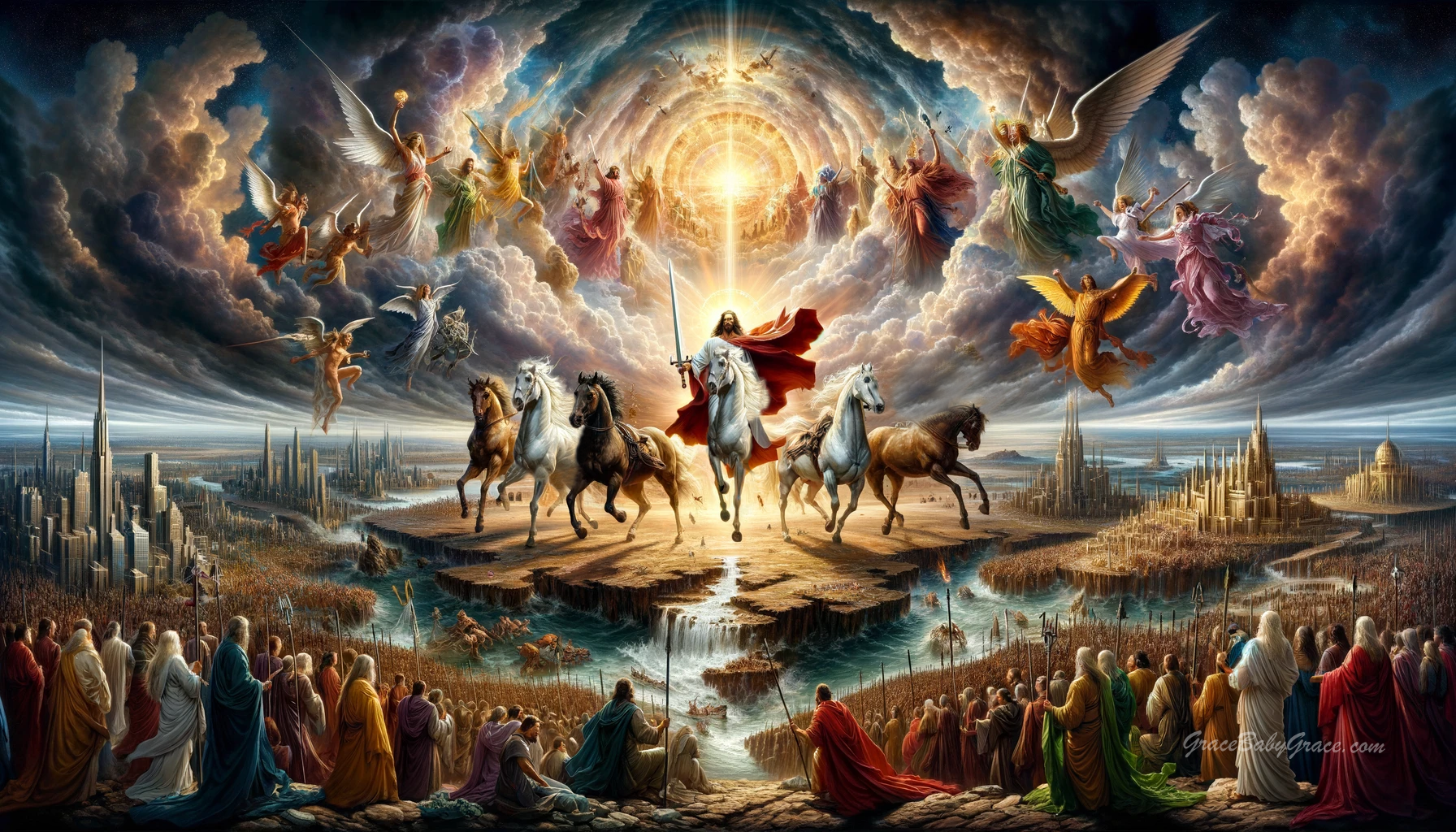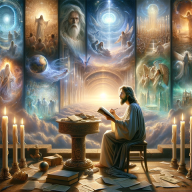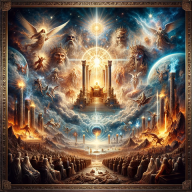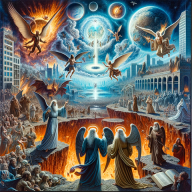The Book of Revelation, the final book of the New Testament, is a complex and symbolic work offering a vision of the end times. It provides both warnings and promises, detailing the final judgment and the ultimate restoration of all things in the New Heaven and Earth. While various interpretations exist, its message underscores God's sovereignty, justice, and the eventual triumph of good over evil.
Authorship and Date
The Book of Revelation is traditionally ascribed to John, the Apostle, though the author identifies himself simply as "John." Many early church fathers, including Justin Martyr, Irenaeus, and Clement of Alexandria, supported Johannine authorship. The proposed date for its composition varies, with many scholars suggesting a date towards the end of the first century AD, specifically around 95-96 AD during the reign of the Roman Emperor Domitian. This dating aligns with the book's references to widespread persecution of Christians, which was particularly intense during Domitian's rule.
Location and Purpose
John wrote Revelation while in exile on the island of Patmos, located in the Aegean Sea. The reason for his exile, as stated in Revelation 1:9, was "because of the word of God and the testimony of Jesus." The book is addressed to seven churches in Asia Minor: Ephesus, Smyrna, Pergamum, Thyatira, Sardis, Philadelphia, and Laodicea. Each of these churches faced unique challenges, from false teachings and complacency to external persecution. Through Revelation, John aimed to encourage these believers by revealing God's ultimate plan, urging them to remain steadfast in their faith amidst tribulations.
Literary and Cultural Context
Revelation belongs to the apocalyptic genre, a category of prophetic writings that detail the end times. Characterized by symbolic and vivid imagery, apocalyptic literature flourished during times of distress and persecution, offering hope of divine intervention. Elements of this genre are found in both the Old and New Testaments, with books like Daniel providing a backdrop for understanding Revelation's symbolism.
Additionally, the influence of the Roman Empire's culture, politics, and religion is evident throughout Revelation. The empire, with its emperor worship and pagan practices, posed significant challenges to the early Christian communities. Revelation often contrasts the temporal and often oppressive nature of earthly kingdoms with the eternal and just reign of God.
Key Themes and Message
Central to Revelation is the theme of God's ultimate victory over evil. Despite the various trials and tribulations depicted, the narrative consistently returns to the sovereignty and glory of God. The book assures believers of Christ's eventual return, the final judgment, and the establishment of a new heaven and earth, free from pain, death, and sorrow. Revelation calls for endurance, faithfulness, and hope, reminding its readers that God's justice will prevail and that believers will share in Christ's ultimate triumph.
Conclusion
The Book of Revelation, with its rich tapestry of symbols, visions, and prophecies, serves as both a warning and a beacon of hope. It captures the tensions faced by the early Christian communities under the Roman Empire, providing them with the assurance of God's final and decisive intervention in the course of history. Its message resonates through the ages, offering hope and encouragement to believers facing trials and tribulations.




